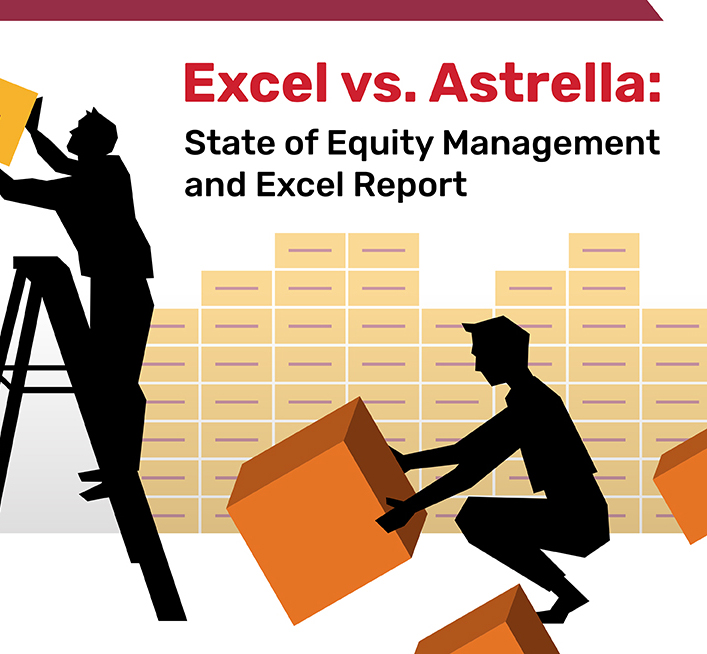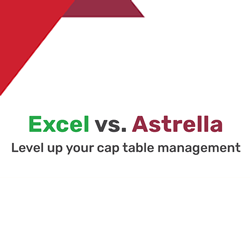A Simple Agreement for Future Equity (SAFE) is a contract between a startup and an investor that allows the investor to receive equity in the company at some point in the future. When it comes to understanding the differences between pre-money and post-money SAFEs, it’s essential to consider the pros and cons of each type of agreement. This article will explore these differences and discuss when one type may be more suitable, depending on a company’s needs and goals.
What Is a SAFE?
A Simple Agreement for Future Equity (SAFE) is an agreement between a company and its investors that defines the terms of a potential equity investment. Unlike a debt instrument, SAFEs do not require repayment of funds, making them an attractive option for startups and early-stage companies looking to raise capital quickly and cost-effectively. There are two types of SAFEs: pre-money and post-money.
Pre-money SAFEs are agreements in which the investor receives equity in the company at a later date based on the funding amount agreed upon at the time of signing. This generally benefits startups by allowing them to secure capital upfront without giving away too much ownership.
Post-money SAFEs, on the other hand, involve an immediate conversion of cash into equity based on a pre-determined valuation. This option can be advantageous for investors since they receive ownership from day one and can be part of any future growth or success that the company experiences.
When considering which type of SAFE suits both parties involved, assessing each situation’s needs and goals is essential. The choice should be made carefully considering whether pre- or post-money will give one party more benefits than another over time. Ultimately, it comes down to understanding what works best within each context and ensuring that both parties get what they want from their SAFE agreement.
Differences Between Pre-Money and Post-Money SAFE
When investing in a company before or after an equity financing round, pre-money and post-money SAFEs are two types of agreements that may be employed. Pre-money SAFEs allow investors to purchase shares at a price lower than the current market value, while post-money SAFEs enable them to buy shares at a predefined valuation.
The primary difference between these two types of agreements lies in their approach to valuation; pre-money SAFEs do not require an immediate evaluation, while post-money SAFEs do. This can give investors more certainty as they know exactly how much their investment is worth. However, companies may prefer the flexibility of not committing to a specific value until after securing capital from investors.
When considering which type of agreement would be most beneficial for both parties involved, it is essential to look at the needs and goals of each situation and any potential risks associated with either option. Companies should consider how much freedom they want when raising capital and if they feel comfortable committing to an immediate evaluation before choosing a type of SAFE agreement. Investors must consider how much risk they’re willing to accept by investing before or after an equity financing round closes.
In conclusion, there are advantages and disadvantages associated with both pre-money and post-money SAFEs, depending on each party’s circumstances; therefore, careful consideration should be taken when deciding which works best for everyone involved.
Advantages of Pre-Money SAFE
Pre-money SAFEs can provide a great benefit to both investors and companies. This type of investment agreement offers the opportunity for investors to keep their valuation intact, while businesses can raise capital quickly without having to negotiate a value. Since there is no need for lengthy negotiations, it gives small companies a chance to focus on building their business rather than spending time dealing with investors. Additionally, because these agreements are simple and inexpensive, they offer more protection for existing shareholders and greater control over future equity dilution.
The pre-money SAFE also provides numerous advantages over other methods of raising capital. For instance, since the terms are laid out before any money has been invested, there will be fewer complex details that need to be considered by both parties involved in the agreement. Furthermore, it does not include additional financial instruments that would increase costs or paperwork.
Pre-money SAFEs provide many advantages compared to other forms of investment arrangements and make securing capital more efficient than ever. Companies should carefully consider their needs before deciding which type of SAFE best suits them so that they can make an informed decision about which one provides the most benefits in their situation.
Advantages Of Post-Money SAFE
Post-money SAFEs are an attractive option for startups seeking to acquire financing without giving up equity immediately. This instrument eliminates the need for a company valuation before commitment, allowing both parties to agree with more freedom and trust. Additionally, post-money SAFEs do not require multiple classes of stock for different investors, thus enabling companies to control future dilution.
The ability to convert into equity later makes post-money SAFEs even more flexible when compared to other methods of raising capital. Through this feature, businesses can access resources swiftly without surrendering ownership – especially beneficial during the early stages of business growth or when additional funds are needed rapidly between financing rounds.
Moreover, existing shareholders will not experience any dilution if new investors join the round through post-money SAFEs. This ensures that they receive all rights and benefits as those who own shares in the company typically would expect.
In conclusion, post-money SAFEs offer numerous advantages relative to pre-money SAFEs and other capital-raising mechanisms. Companies should evaluate their needs thoroughly before deciding which type of instrument is most suitable for them; post-money SAFEs provide fast access to funds while preserving existing shareholders from dilution and granting both parties involved flexible terms for potential conversion into equity. Early-stage investors may find these instruments particularly appealing due to their absence of a valuation process and capacity for conversion later if desired by either party in the agreement.
Which Type of SAFE Is Right for You?
When deciding which type of SAFE agreement is right for you, it’s essential to consider your company’s stage and needs. Pre-money SAFEs greatly benefit investors and companies, providing more protection for existing shareholders and greater control over future equity dilution. Companies should carefully consider their needs before deciding which type of SAFE best suits them.
Post-money SAFEs offer startups an attractive way to acquire financing without giving up equity immediately. These instruments eliminate the need for a company valuation before commitment, do not require multiple classes of stock, and can convert into equity later. Furthermore, existing shareholders will not experience any dilution if new investors join the round through post-money SAFEs.
Therefore, when selecting which type of SAFE is right for you, it’s essential to consider the capital structure already in place and future capitalization needs. It’s also crucial that the terms of the agreement align with your goals as a company – both short-term and long-term – so that all parties involved are satisfied with the deal going forward. For example, a pre-money safe may be suitable if you are looking to raise money quickly without evaluating your company or affecting multiple classes of stock. On the other hand, If you want flexibility in terms of potential conversion into equity down the road, post-money safe may be better suited to your needs.
Ultimately, there are advantages and disadvantages associated with each type that should be considered when determining which one works best for you and your business situation. Careful consideration should be taken when deciding which kind of SAFE works best for everyone involved – from those investing in your business to those running it – ensuring everyone benefits from this agreement to move forward successfully and productively.
Conclusion
In conclusion, pre-money and post-money SAFEs benefit investors and companies alike. It is essential to weigh the pros and cons of each option to determine which is best suited for a particular situation. Pre-money SAFEs protect existing shareholders while giving companies control over future equity dilution. Post-money SAFEs offer startups an attractive way to acquire financing without giving up equity immediately. Both options require careful consideration to ensure all parties agree with the agreement. Ultimately, it is up to each business or investor’s needs to determine which type of SAFE will work best for them.

Tom Kirby
Tom Kirby serves as the Head of Global Sales at Astrella. With more than 20 years of experience in sales and business development, he is dedicated to fostering strong client relationships and assisting both private and public companies in understanding and effectively communicating their value.
- Tom Kirby#molongui-disabled-link
- Tom Kirby#molongui-disabled-link
- Tom Kirby#molongui-disabled-link
- Tom Kirby#molongui-disabled-link
































































































































